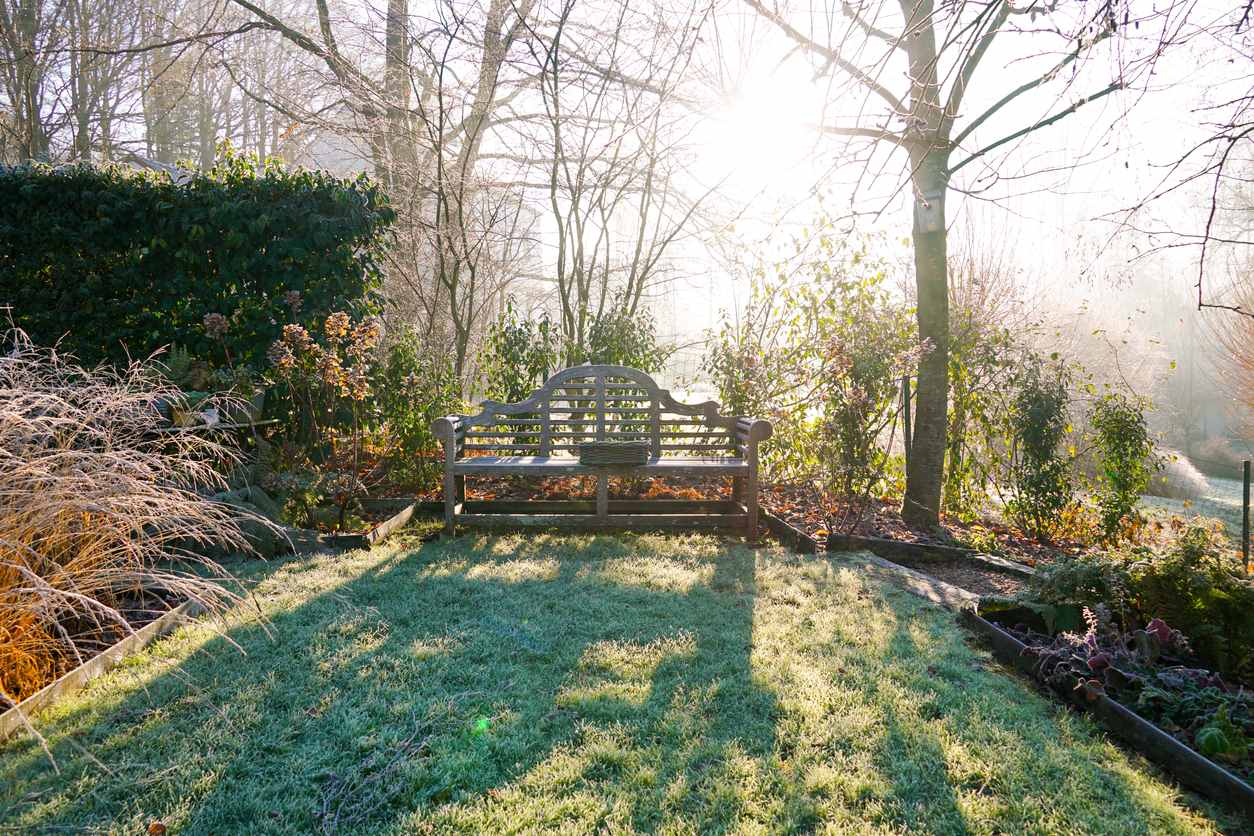
Think about mulching
“Mulching” is one of the best solutions for protecting your soil and plants from frost damage. This technique consists of covering them with a “mulch”, which is in the form:
- From an organic materialsuch as dead leaves, straw or wood bark.
- Of an inorganic materialsuch as gravel or even plastic or synthetic fabrics.
If this mulching is done well, it retains soil moisture, limiting water evaporation. The water resources of plants will thus be preserved. It also plays the role of an insulator, keeping the ground warm and thus preventing damage caused by frost.
Finally, Mulching also helps slow the growth of weeds.
Cover the plants with a protective veil
To prevent late frost from having its disastrous effects on your plants, cover them with a winter cover. There are several types, which you should find in a garden center.
So, some are made of plastic, others of a non-woven material. Once you have chosen your model, surround the canvas around the plants to be protected. Before doing so, remember to remove the spent flowers. Then tie the veil with strong twine.
Under this cover, your plants will be warmer, the temperature can rise from 2 to 6°C. Cover your plants in the evening to protect them from morning frosts, if they are forecast.
In spring, however, temperatures can rise during the day. You will therefore have to remember to remove the veil during the morning.
Warm the air
To combat the cold of the night and early morning, you can also recreate a sort of microclimate around the plants. To do this, the gardener can heat the ambient air.
He then places fire pits in strategic locations, a method often used in vineyards. They are often made of straw, but some gardeners use paraffin candles.
The practice is, however, regulated. Therefore, tires cannot be used to power these antifreeze lights. The atmosphere can easily warm by 2 to 3°C, enough to avoid the effects of freezing.
The larger the area to be protected, the more burners will be required. And we must mobilize to activate the lights.
Another solution: tunnels and bells
The garden tunnel is made of a plastic or polyethylene canvas, which covers a structure made up of hoops. Protected by this shelter, the plants are preserved from the cold and frost.
This instrument, which resembles a greenhouse but is easier to install, is also used to control plant growth. Some of these shelters are rigid, others, shaped like accordions, are easier to store.
The garden bell, for its part, is individual protection, so to speak. In fact, we place this plastic object which, in its shape resembles the bells of our churches, on the plant to be protected.
It is thus in a sort of greenhouse, the transparency of the bell further accentuating the solar radiation.
Protect certain plants
The simplest tip to avoid frost damage is to bring in any plants that can be brought in on time. In other words those which are in pots or in planters.
Avoid placing them in a heated place.otherwise the thermal amplitude between the cold outside and the heat of the room risks damaging the plants.
The chosen location must only be protected from frost. It could be a garage, a greenhouse or a veranda for example. To accustom the plants to a higher temperature, it is possible to provide a transition, by first placing them under a roof overhang for example.

